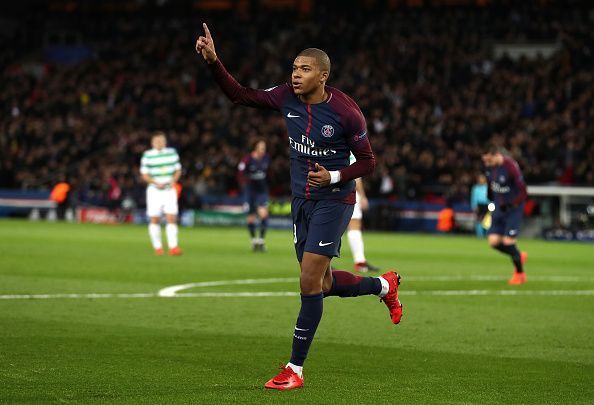
The most expensive player in the world: Who's worth the most money?
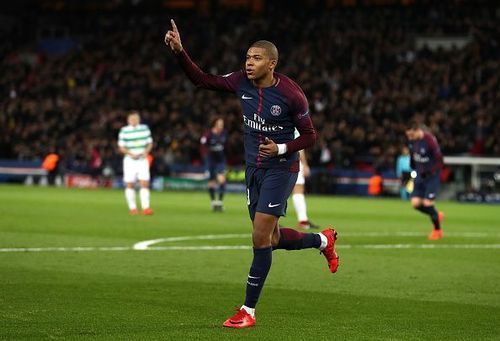
Fans and analysts of football don’t always agree on many things, but one factor that most people would probably come together on is the subject of transfer fees. Ask most fans, and they’d probably tell you that – particularly in a time of economic uncertainty elsewhere in the world – transfer fees have simply become out of control, particularly since the massive transfer of Neymar from Barcelona to Paris St. Germain for around £200 million in the summer of 2017.
Before Neymar’s move, the most expensive transfer fee was the £89 m that Manchester United paid Juventus for Paul Pogba a year prior; at that stage, the world record transfer fee had moved in a relatively linear fashion, rising from £37 m for Luis Figo in 2000 to £80 m for Cristiano Ronaldo in 2009 and then up to £89 m for Pogba. But, the Neymar move was such a statistical outlier that things suddenly became a whole lot crazier.
Before Neymar, no player had moved for over £100 m. Since his move, Ousmane Dembele, Philippe Coutinho and Kylian Mbappe have all made £100m+ transfers. Basically, the transfer market is pretty hard to predict due to its fluid nature – and despite the misgivings of fans, there’s not much anyone can do about it. However, the CIES Football Observatory now claims to have cracked the transfer code.
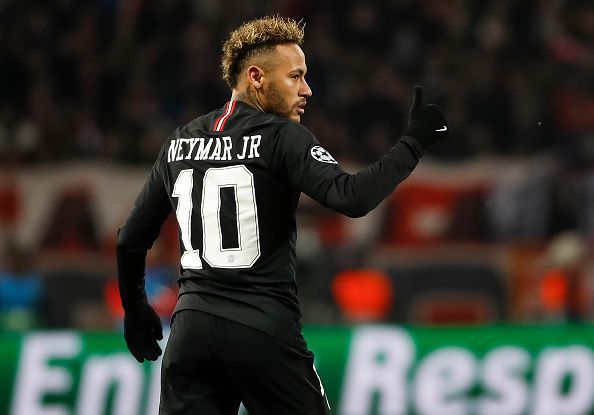
According to the CIES, they can predict the transfer value of players using a scientific method, as they claim that most transfers follow a predictable logic, with the greatest challenge being how to predict the level of inflation that might come about.
The CIES began looking into the matter in 2010, and they have been using their model since 2013, taking a sample of over 2500 transfers across the ‘big 5’ leagues (England, Spain, Italy, Germany and France) back to 2011 into account in order to work out the potential value of today’s biggest stars.
Essentially – to attempt to cut the complicated math down to layman’s terms – the methodology works something like this; the CIES look at the economic situation of both clubs involved in a potential transfer; this would obviously take into account factors like a buyout from a mega-rich owner – think Manchester City in 2008 – or a potential “fire sale” when a big club is relegated and then has to sell its players for cut-price fees.
After looking at the economics of the clubs, they then turn to the type of player who the clubs might look to recruit, taking into account numerous variables such as the player’s age, nationality, activity at both club and international level, their position, and so on. This information provides the CIES with a way to predict which clubs might be interested in which type of player.
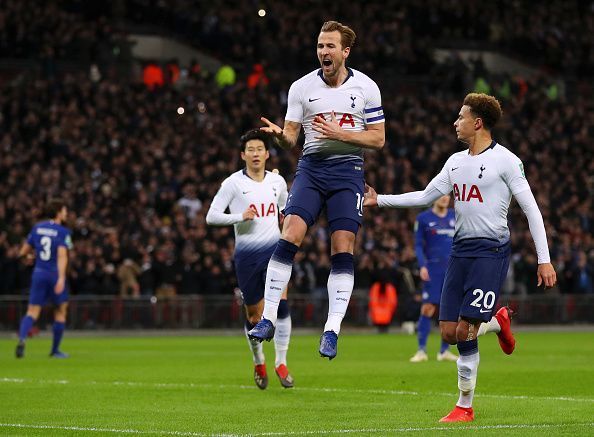
When this is done, the methodology then looks at a way to predict the value of those players, based on the same variables plus a few additions, taking into account factors such as the player’s contract duration, the year of their previous transfer (if any), and so on.
Being able to predict potential transfer fees sounds like a massive deal, but does it really work? The CIES Football Observatory would say so, as they state that there’s a correlation of over 75% between their estimated values and the actual transfer fees paid in the ‘big 5’ leagues since they put the model into practice in 2013.
So according to their current valuations, who is the most valuable player in the world? Well, it hardly comes as a surprise to see the top of the list. Currently at the top is French superstar Kylian Mbappe, who is valued at a hefty €218.5 m. Underneath him is Tottenham’s World Cup Golden Boot winner Harry Kane, valued at €200.3 m. More usual suspects follow; Neymar, Raheem Sterling, Mohamed Salah, Paulo Dybala and Lionel Messi.
Some aspects about the list of values look strange, but can be explained by looking at the methodology. Tottenham for instance have 6 players in the top 100 most valuable, but it might surprise some that Christian Eriksen is apparently their 6th most valuable, behind Eric Dier and Davinson Sanchez as well as Kane and Dele Alli.
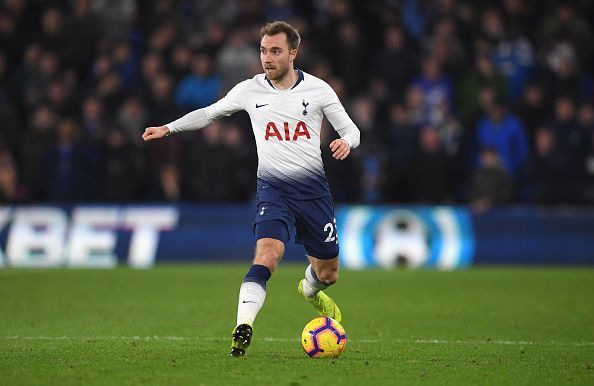
Look deeper though, and that isn’t so much of a shock. One of the variables that is taken into account is of course a player’s contract length, and Eriksen’s expires in 2020, compared to 2024 for Kane, Alli and Sanchez, and 2021 for Dier.
Marcus Rashford of Manchester United also has a contract expiry of 2020 – but he’s 21 years old compared to Eriksen’s 27 – and age is another variable in the methodology. According to the valuations, Rashford is worth €90.4 m compared to Eriksen’s €75.2 m. And so it makes sense that despite Eriksen’s talents, a player 6 years younger could be considered to be worth more money.
However, as with any system of predictions, the CIES methodology isn’t completely flawless. Take into account Cristiano Ronaldo, for instance; his move to Juventus this summer for a fee of around €100 m means that if he were to move today, his likely fee wouldn’t rise too much higher than the one that the Turin side paid for him – meaning his valuation of €127.1 m seems a little steep even if most fans still consider him the best player in the world.
Tottenham’s Heung-Min Son could’ve been considered another outlier, too. Right now he’s ranked at 33, with a predicted value of €93.9 m, and that sounds pretty fair based on his talent, age, experience and the current economic strength of his club. But would Son have been worth a similar amount in the summer, when a potential stint in the South Korean military was hanging over him?
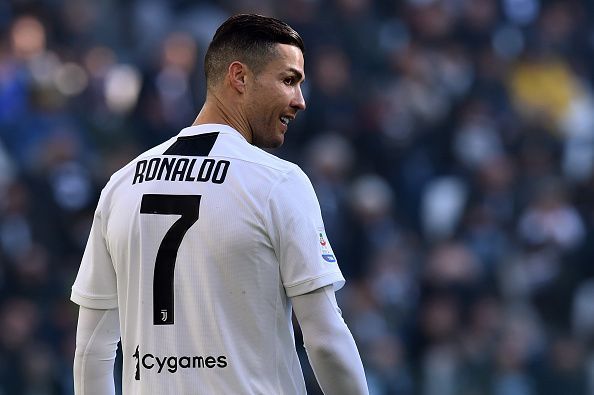
The likely answer is no – and yet at the time, the methodology had him valued at around €99.8 m – over €6m more than he’s valued at today. Other outliers could include players that fall out with the manager at their club; take Paul Pogba for instance. Although the French midfielder now seems happy at Manchester United, prior to the firing of Jose Mourinho, his future was very much up in the air.
During this period, according to the methodology, Pogba’s value dropped from €148.1 m to €127.3 m, but that equates to around £115 m – a price tag that United probably wouldn’t have been able to get for the player considering his issues since the start of the season. In fact, a price of around £100 m – just over a £10 m increase on the £89.9 m that United initially paid for the player – was mooted. That suggests that despite its apparent logic, the system isn’t always totally correct.
In the end then, it’s always going to be tricky to predict transfer fees in a sport which is always fluid and forever changing; the CIES Football Observatory clearly have a better system to make predictions than most, but even their method isn’t flawless. So don’t be surprised when you wake up one morning to find that say, Paulo Dybala has moved to Real Madrid for €300 m. After all, in a world where the record transfer fee can suddenly jump by more than double, anything is possible.